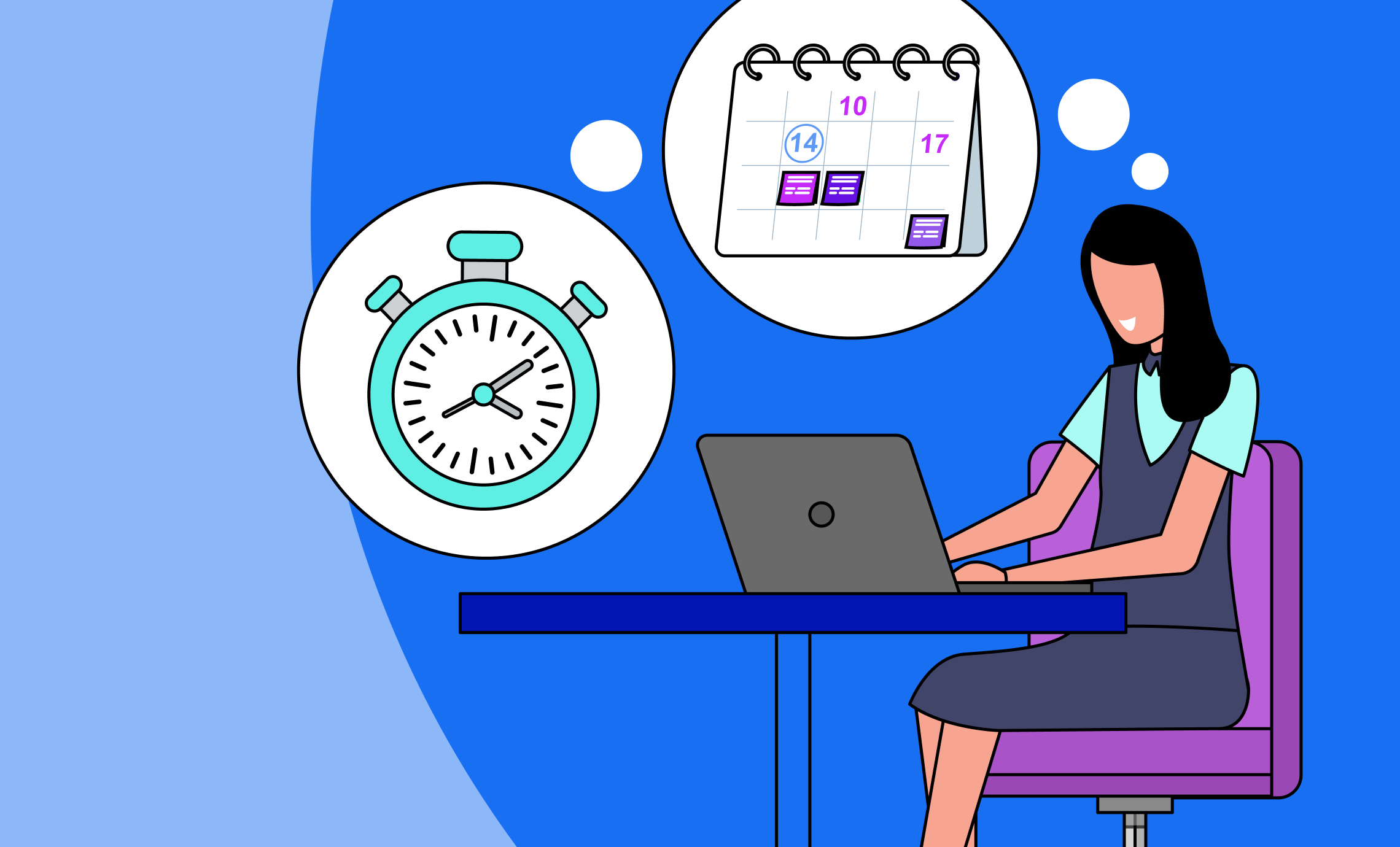If you stage medical conferences or similar events, you’re aware that authors sometimes wish to withdraw a submitted abstract for multiple reasons. Perhaps they want to revise the document or remove it from the presentation entirely. Regardless of the “why”, managing the abstract withdrawals process can simplify everyone’s workload.
Make the Process Clear from the Outset
Every author should be aware of the specific abstract withdrawal procedure for any organization before submitting their work. This step ensures clarity for your specific conference and is beneficial if you are having multiple conferences with this same speaker. A written policy outlining the process should be easily accessible and communicated so speakers and administrators don’t question or misunderstand the current conference needs.
You may have separate procedures for withdrawing abstracts before and after the submission date. If so, you’ll need to create a unique set of instructions for each time frame. You should also develop and display a process for revising abstracts after submission.
Provide Guidelines for Abstract Withdrawals and Revisions
Clearly stating the rules for your speakers, and administrative staff to include the circumstances in which they may need to withdraw a submission will aid in keeping everyone on the same page. For example, you may wish to limit the scope of acceptable revisions to minor typo correcting or grammatical errors. Alternatively, you may allow authors to withdraw an entire draft and submit a replacement.
Your guidelines should indicate the type of information authors need to submit with their revisions or withdrawal requests. This information typically includes relevant contact details — such as the individual’s name and email address — along with the abstract’s title and the reason for the request. A specific abstract ID number should also be included if applicable.
If you are assessing a fee for withdrawals or revisions, state the cost for each process clearly in the guidelines. Indicate the procedure for paying and reference the available payment options.
Track the submission status and ditch the spreadsheets
It’s also important to monitor who and how many authors withdraw abstracts or make revisions, especially for larger conferences with multiple attendees. Tracking submissions manually is a time-consuming process that often leads to mistakes.
If you’re currently relying on spreadsheets for tracking withdrawals and revisions, transitioning to an intuitive, easy-to-use software solution can represent a significant upgrade. These systems provide numerous benefits:
- Organization: Collect and manage all relevant content in a single system throughout the conference’s life cycle in one convenient location.
- Customization: Create actionable reports to track data based on the criteria that matter most.
- Personalization: Develop personalized user portals for a simplified submission process.
- Collaboration: Built-in communication tools facilitate collaboration with authors.
Contact Attendee Interactive to Learn More
Attendee Interactive offers technologically advanced software that is ideal for managing abstract withdrawals. We make it easy to get the best content in your hands and delight your conference’s attendees.
Review our on-demand webinar to see our software in action and learn how it can meet your event content management needs.



